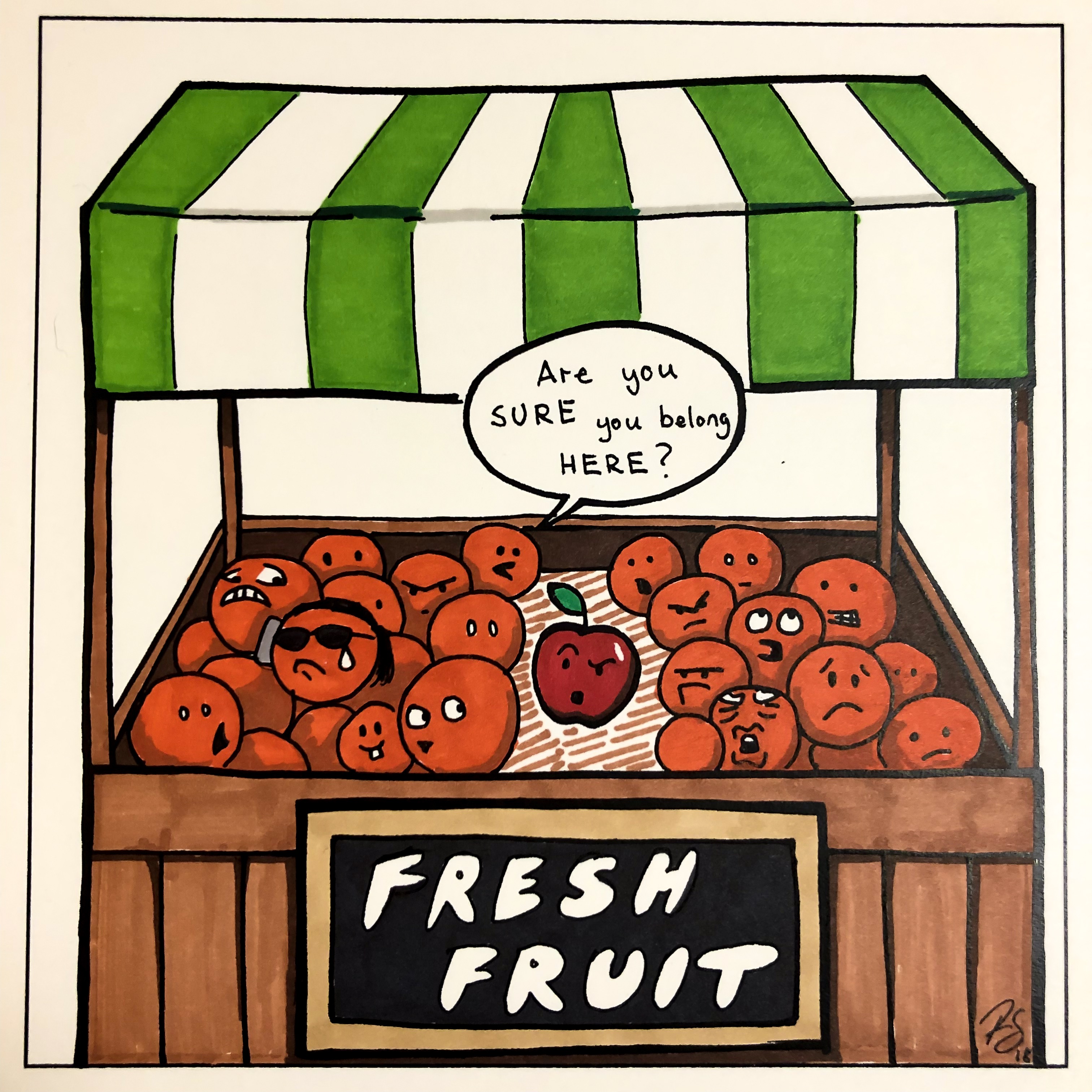

Online (particularly on social media) you’re often limited to the whitespace characters designated by Unicode. When designing a website or a document, you can use whitespace to distinguish important information. The more crowded a composition, the less weight is carried by each individual element. One common criticism of this website is that there’s too much “wasted space.” Web developers have a tendency to cram as much information on your screen as possible. Robert Bringhurst - The elements of typographic style Typographically, poise is made of whitespace. Using white space onlineīig type, even huge type, can be beautiful and useful.But poise is usually far more important than size – and poise consists primarily of emptiness. It’s as simple as that, yet it’s often white space that separates good design from bad-almost always because there isn’t enough of it. Generally speaking, white space is any empty area of a design or composition the margins in a book, or the sky in a painting: The most common whitespace character, is the word space The one you get when you press the space bar. Whitespace characters denote the empty space between all the characters you can actually see.They have width (height if you’re writing vertically), some special rules, and not much else. Looking toward the future, she also highlights the work of African Americans who are opening doors to greater participation in environmental and conservation concerns.Quickly copy and paste Unicode whitespace characters - and learn how and when to use them. Bridging the fields of environmental history, cultural studies, critical race studies, and geography, Finney argues that the legacies of slavery, Jim Crow, and racial violence have shaped cultural understandings of the "great outdoors" and determined who should and can have access to natural spaces.ĭrawing on a variety of sources from film, literature, and popular culture, and analyzing different historical moments, including the establishment of the Wilderness Act in 1964 and the aftermath of Hurricane Katrina, Finney reveals the perceived and real ways in which nature and the environment are racialized in America.

Overview from the publisher: Why are African Americans so underrepresented when it comes to interest in nature, outdoor recreation, and environmentalism? In this thought-provoking study, Carolyn Finney looks beyond the discourse of the environmental justice movement to examine how the natural environment has been understood, commodified, and represented by both white and black Americans.


 0 kommentar(er)
0 kommentar(er)
